Campanula Bellflower Care Conditions For Growing Bellflowers

How To Grow Serbian Bellflower Caring For Serbian Bellflower Plants
Campanula poscharskyana, commonly called Serbian bellflower, is a prostrate, sprawling perennial which typically forms a low, mounding ground cover to 4-6" tall (less frequently to 12"). Campanulate, lilac-blue flowers with flaring, star-shaped lobes (to 1" wide) appear in loose panicles along the stems in late spring.

Buy Campanula poscharskyana (Serbian Bellflower) in the UK
There is a Campanula well-suited to the needs of almost any Northern gardener since the genus offers a range of sizes and growth habits: There are tall bellflowers great for border plantings, but also bellflowers that stay short and function well as ground covers, edging plants, or rock garden plants, and other varieties in between.

Campanula Church Bells Serbian Bellflower Shop Sugar Creek Gardens
Campanula (bellflower) is a group of flowering plants with dainty bell-shaped or star-shaped flowers. Campanula flowers have five-lobed petals that grow 0.8" to 1" (2 - 2.5 cm) long. The beautiful bellflowers can be in shades of purple, blue, pink, or white.
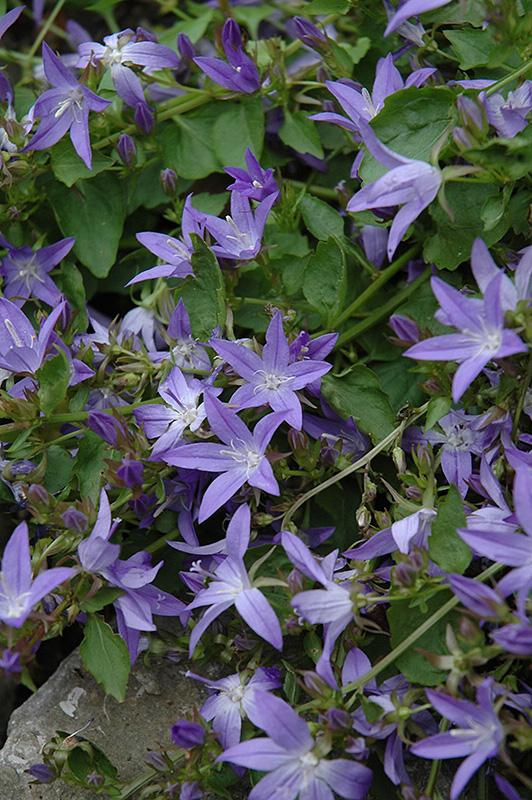
Serbian Bellflower (Campanula poscharskyana) in Reno Sparks Lake Tahoe Carson City Nevada NV at
Serbian Bellflower love being close to bright, sunny windows 😎. Place it less than 1ft from a south-facing window to maximize the potential for growth.. Serbian Bellflower does not tolerate low-light 🚫. Select your region to see how the current weather in your area affects the placement of Serbian Bellflower in your home 🏡.
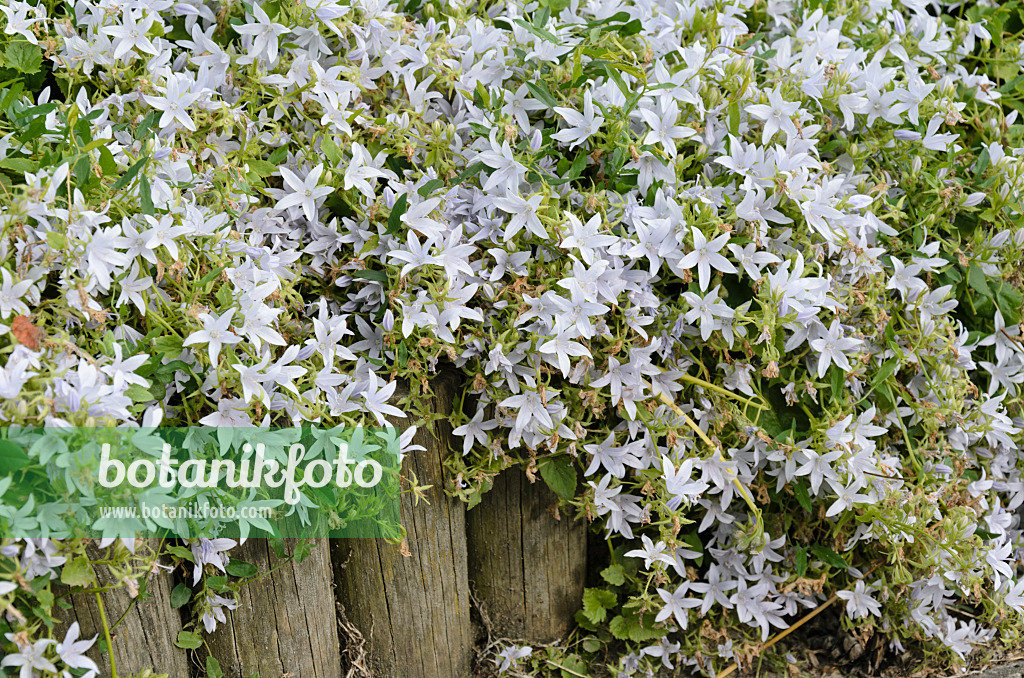
Image Serbian bellflower (Campanula poscharskyana 'Hirsch White') 521430 Images of Plants
Genus : Campanula Plant Width : 1 to 3 feet Zones : 3, 4, 5, 6, 7, 8, 9 Plant Height : 6 to 12 inches Bloom Time : Early Fall, Early Summer, Fall, Late Spring, Late Summer, Spring, Summer Light : Full Sun to Partial Shade Uses : Ground Covers Maintenance : Low Moisture : Medium Moisture Growth Rate : Moderate Plant Type : Perennials

Photo of the entire plant of Serbian Bellflower (Campanula poscharskyana 'E. H. Frost') posted
A member of the Campanula family, the Serbian bellflower is an evergreen perennial and one of the easiest to grow in containers. With its trailing, low-growing habit, it is beautiful in rock gardens and as a groundcover. It is easy spreading and looks heavenly, cascading down a rock wall.
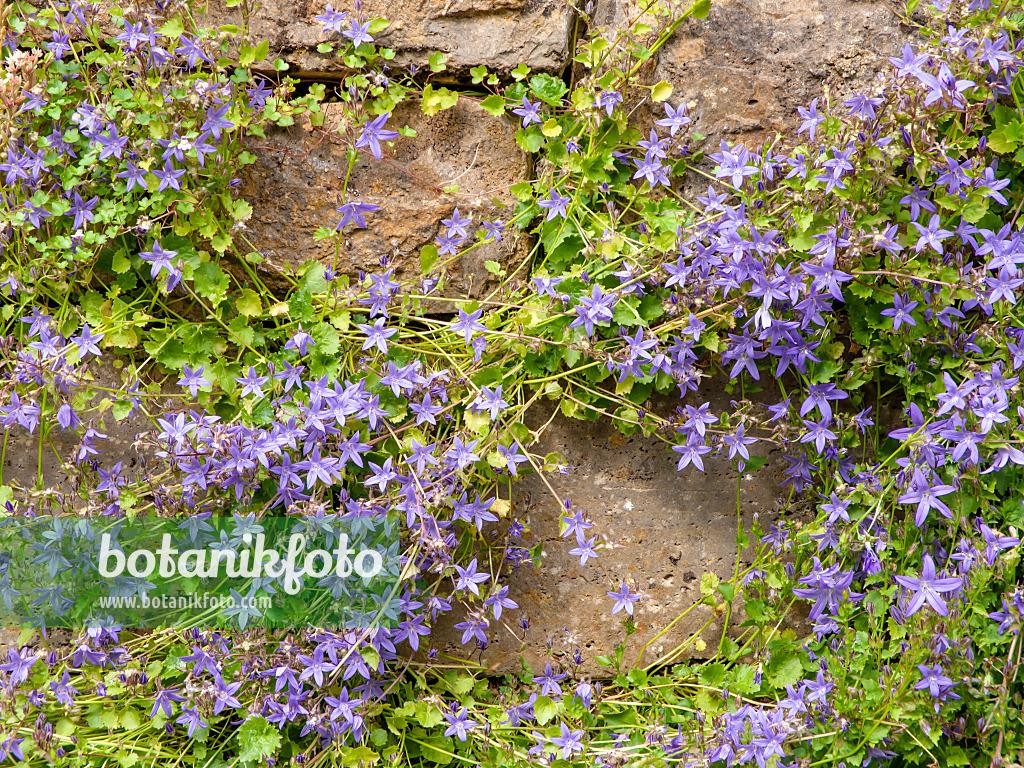
Image Serbian bellflower (Campanula poscharskyana) 426161 Images of Plants and Gardens
Plant number: 1.110.450. Bellflowers are among the most popular of perennials. This showy, dwarf species is often grown in rock gardens, used as an edging or for tubs and pots. Plants form a spreading patch of small green leaves, bearing loads of starry lavender-blue flowers in late spring. Because this is vigorous, keep it away from delicate.

PlantFiles Pictures Campanula, Serbian Bellflower, Trailing Bellflower 'Blue Waterfall
Serbian Bellflower (Campanula poscharskyana) Serbian Bellflower (Campanula poscharskyana) is a trailing species with pale blue-purple, star-shaped open flowers. This low-growing perennial is native to the Dinaric Alps in Southeastern Europe, and is hardy in zones 4-9. Serbian Bellflower is easy to grow and quickly spreads via runners.
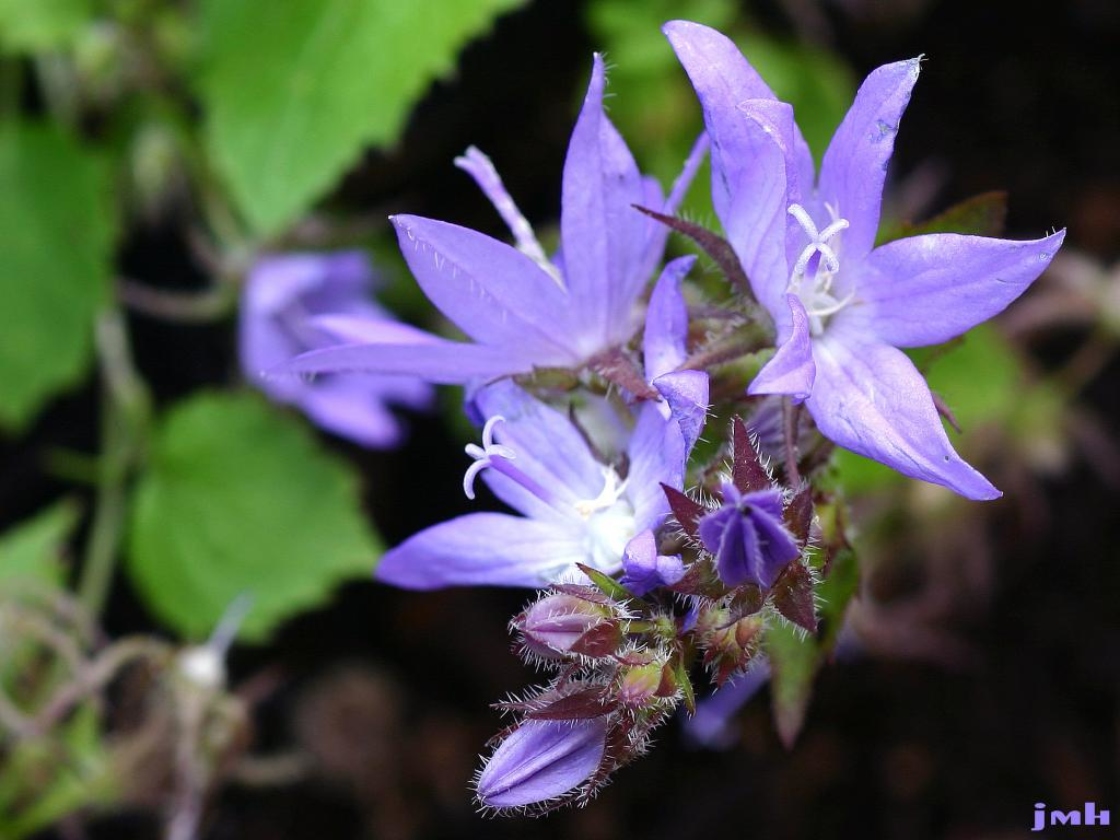
Serbian bellflower The Morton Arboretum
Campanula portenschlagiana (Serbian Bellflower) is a low-growing, sprawling perennial forming mounds of flaring, star-shaped, pale violet-blue flowers, 1 in. across (2 cm). Blooming freely from late spring to early summer, masses of flowers are borne on spreading stems above a foliage of rounded, mid-green leaves.

Photo of the entire plant of Serbian Bellflower (Campanula poscharskyana Blue Waterfall) posted
Campanula poscharskyana is commonly called the trailing bellflower or the Serbian bellflower and it's native to Serbia and the Dinaric Alps. As the name suggests, it is a species of the Campanulaceae family and the Campanula (bellflower) genus. It's easily grown in cool regions throughout the world. Campanula Poscharskyana Serbian Bellflower Care

Campanula Church Bells Serbian Bellflower Shop Sugar Creek Gardens
Most campanulas require fertile, moist but well-drained soil in a sunny location. Some species flower well in a part shady site. Other varieties almost thrive on gentle neglect, such as the C. poscharskyana (Serbian Bellflower) and C. portenschlagiana (Dalmatian Bellflower), which are happy in either sun or part shade, and practically any soil type. . Most campanulas can adapt to different.
.JPG/:/rs=w:1200,h:1200)
Campanula poscharskyana (Serbian Bellflower)
Campanula portenschlagiana (Serbian Bellflower) is a low-growing, sprawling perennial forming mounds of flaring, star-shaped, pale violet-blue flowers, 1 in. across (2 cm). Blooming freely from late spring to early summer, masses of flowers are borne on spreading stems above a foliage of rounded, mid-green leaves.
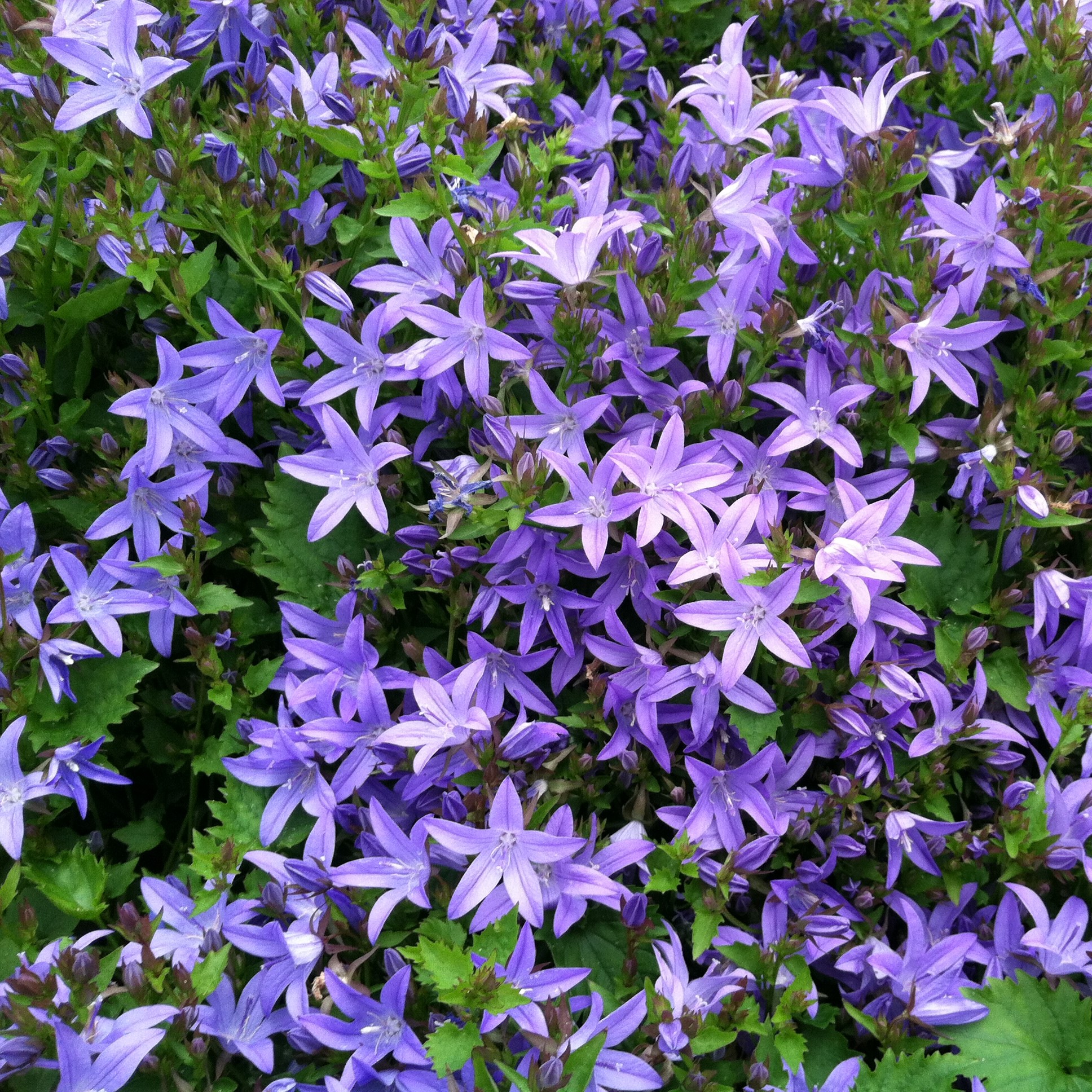
Campanula poscharskyana 'Blue Waterfall' Serbian Bellflower, USPP 13,161, COPF (3.5" Pot
Campanula poscharskyana Blue Waterfall. Campanula poscharskyana Blue Waterfall. Serbian Bellflower: USDA Zone: 3-9: Plant number: 1.110.510 (='Camgood') Bellflowers are among the most popular of perennials. This dwarf selection may be grown in rock gardens, used as an edging, or in tubs and pots.. Serbian Bellflower: USDA Zone: 3-9: Plant.

Campanula Bellflower Care Conditions For Growing Bellflowers
Scientific name: Campanula poscharskyana Plant family: bellflower family (Campanulaceae) Other names: trailing bellflower Sowing time: spring Planting time: spring or autumn Flowering period: June to September Location: sunny to partially shaded Soil quality: sandy to loamy, calcipholous, nutrient rich These information are for temperate climate!
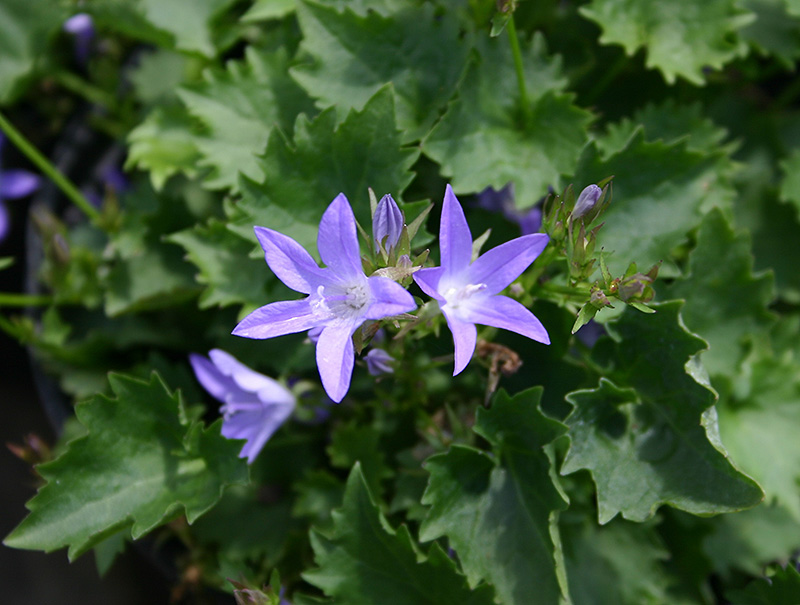
Blue Waterfall Serbian Bellflower (Campanula poscharskyana 'Blue Waterfall') in Winnipeg
Free Shipping Available. Buy Campanula Bell Flower on ebay. Money Back Guarantee!
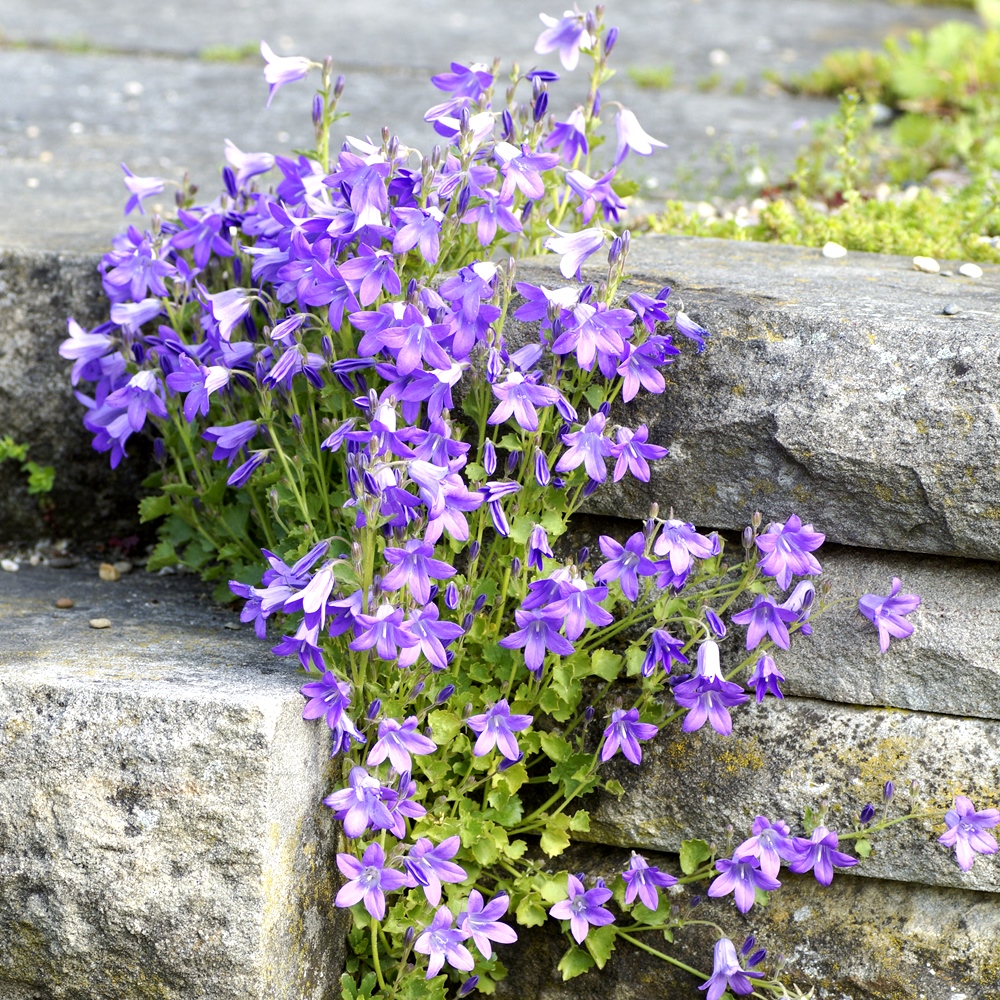
Serbian Bellflower, Blue Waterfall seeds Campanula poscharskyana 480 seeds Garden Seeds
Campanula poscharskyana, the Serbian bellflower or trailing bellflower, is a semi- evergreen trailing perennial, valued for its lavender-blue star-shaped flowers. It is native to the Dinaric Alps in former Yugoslavia. [1] Description The leaves are 2.5-4.0 centimetres (0.98-1.57 in) long.